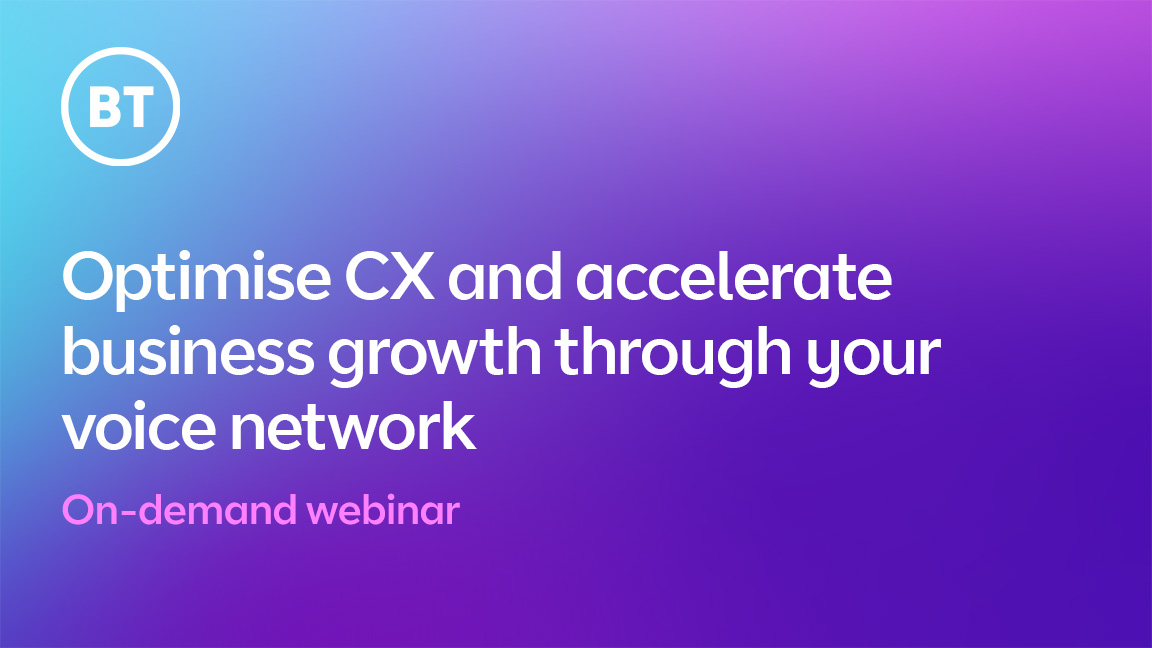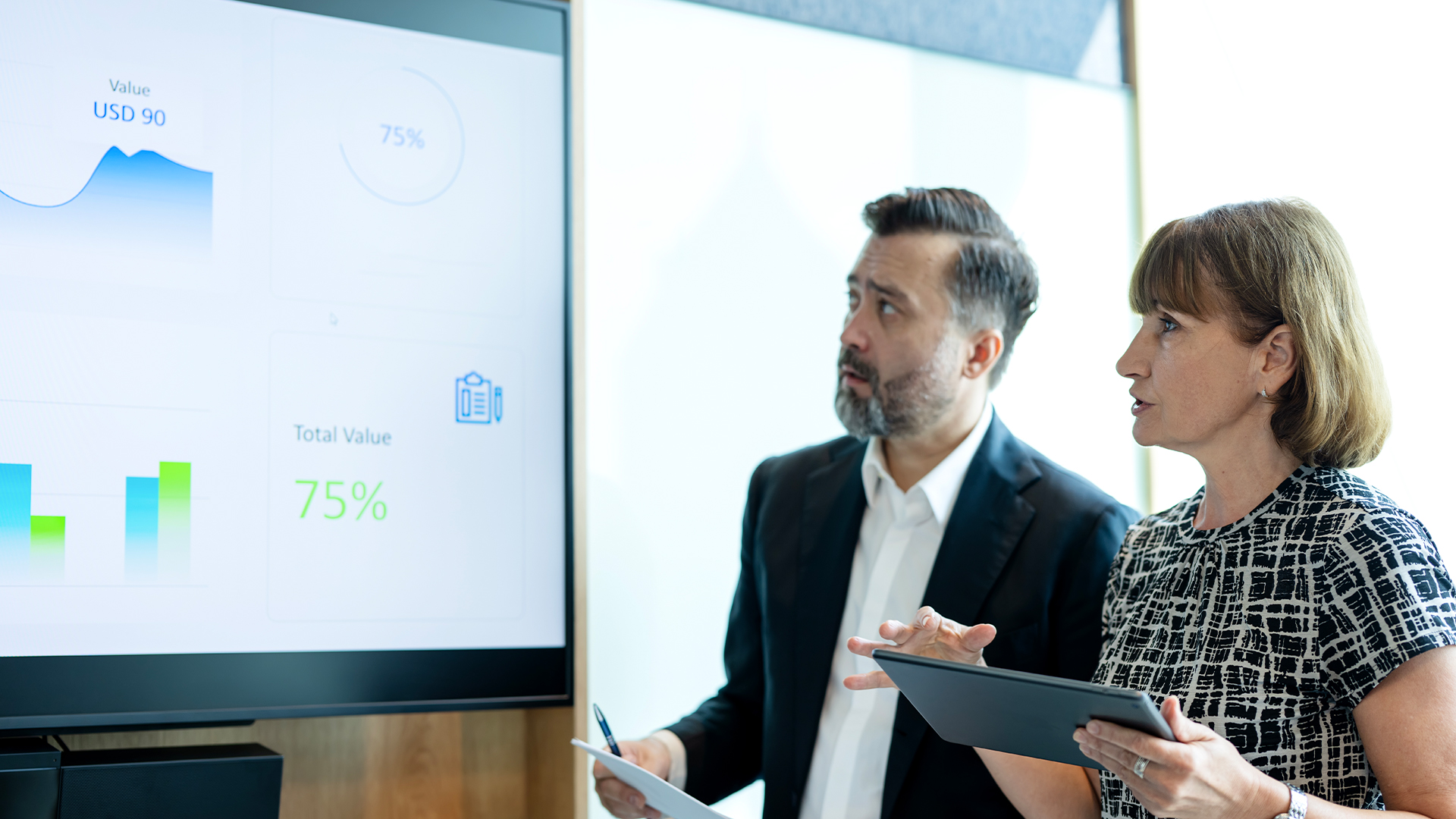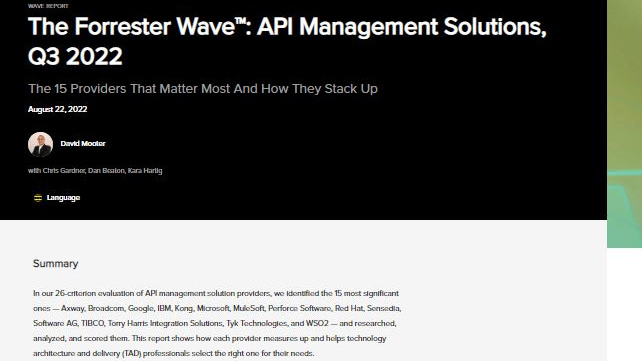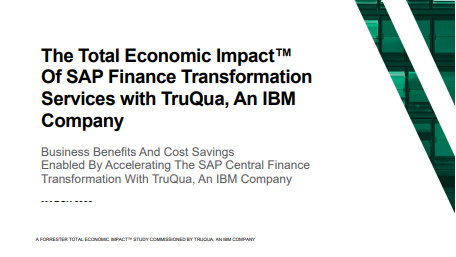How dynamic working enables a more inclusive workforce
Why empowering employees to work however and wherever they want can help diversify and motivate your workforce

A diverse workforce is not just important in terms of inclusion, it can be hugely beneficial to an organisation – widening the talent pool and bringing in different perspectives and experiences into the business, which can help boost creativity and innovation. According to 2020 research by Gartner, organisations that actively employ people with disabilities reported 89% higher retention rates, a 72% increase in employee productivity and a 29% increase in profitability.
However, the 9–5 office isn't set up to enable everyone to succeed, and your organisation might be missing out on proper representation of the communities you serve, and the opportunities diversity and inclusivity can provide to the products and services you are delivering today. Traditional working life can have the tendency to exclude or alienate certain groups – those with responsibilities that prevent them from working fixed hours, those who live in locations outside of commutable distance, or those who have physical or cognitive disabilities that can make working in an office a challenge.
This can lead to companies leaning towards hiring those who can fit into their rigid structure and expectations. Even when these groups are included, the traditional office environment that many are used to can be unnecessarily challenging and prevent employees from working at their best. With modern technology, there's no need to enforce such rigid working practices. In fact, all people could benefit from and feel more included by a 'dynamic' setup, which is both flexible in terms of hours and locations.
The benefits of a dynamic setup
One of the biggest benefits of remote working for employers is that it can widen the talent pool. Whereas your staff once needed to live within commutable distance of the central office, if a job can truly be done from any location, then it shouldn't matter if they live on the other side of the country. This also allows organisations to hang onto their valued current employees too. Where an employee may have left the company because they were moving out of an area, now they may be able to continue their job remotely with technology such as portable devices and cloud connectivity.
Even if potential or current employees do live nearby, working in an office can be extremely challenging for some. Those with physical disabilities may find it difficult to get to and around an office. Similarly, those who are neurodivergent may find an office environment stressful or overwhelming. The option to work remotely and flexibly can be transformative for these groups and enable them to perform jobs they would otherwise be excluded from or find difficult. Those who are time poor and have other conflicting responsibilities, such as working parents or carers, may find that flexibility brings a lot of benefits, allowing them a great work-life balance and increasing productivity and job satisfaction – both of which are mutually beneficial to their employer for talent retention and output.
Robin Christopherson (MBE), Head of Digital Inclusion for AbilityNet explains: "Disabled employees have long been calling for more flexibility in their working patterns that, when accommodated, help them perform at their best. Broadening that out to every worker – letting them choose when, where and how they work – helps every employee feel less stressed and better able to meet the demands of a tricky work-life juggle. As a blind person, I don't need breaks to rest or manage pain, but I'd nevertheless take a Zoom call over a trip to London for that client meeting any day of the week. I then have time for four more meetings that day – plus two walks for the guide dog, of course. With or without COVID, hybrid means choice and choice works for everyone at work."
As well as those who cannot work a traditional 9–5 office-based job, there are those who have found benefits from remote working, such as better work-life balance and reduced travel costs, and simply don't want to return to the office full time. Recent research by O2 into working styles and preferences found a huge variation in preferences. Out of this came three different types of worker – "Office Cravers", "Mixers" and "Home Dwellers".
"Office Cravers" tended to be either those in senior positions with a preference for in-person collaboration or those at the beginning of their careers looking to build social and professional relationships in the office. Many "Mixers" missed the social aspect of the office but also appreciate home working for spending more time with family and friends. This group also included those who felt more productive with the option to work from different locations. "Home Dwellers" with a preference for full-time remote working were either those who preferred working alone and having more time for their interests or had responsibilities that were easier to manage with a home setup. To accommodate all of these preferences, a Device as a Service (DaaS) solution could help – offering the latest technology to the end user. With O2's DaaS offering, for example, devices can be sent individually to the employee's home address, already set up and ready to go.
Ensuring your dynamic setup is truly inclusive
When building a dynamic workplace, it's vital that no one gets sidelined, which can happen if flexible policies exist but aren't well managed and applied. Hiring employees who work in a different geographical location and therefore must join meetings remotely is great until the technology isn't up to scratch and they can't fully participate. While you may feel like you're championing inclusivity by providing the tools and resources for a working parent to work flexible hours, if crucial meetings are scheduled outside of their hours then they may feel alienated. A lingering culture of presenteeism will also cause issues. Even with a flexible policy, if there are noticeable advantages for those working in more traditional ways, then flexible workers will soon feel isolated or pressured to conform.
To mitigate these risks, organisations should prioritise high-quality flexible technology solutions for employees such as connectivity packages, cloud video conferencing and collaboration tools and portable devices – and ensure that managers are trained on the challenges of managing and developing teams that are both dispersed and working different hours. Networking, socialising and mentorship are all still vital, but organisations need to find ways of making them equally accessible to those not physically present, through digital workplace solutions. Organisations need to really get to know their employees and their needs, and work out how they can build an ecosystem that supports them – for example by investing in collaboration tools like Microsoft Teams. You may want to enlist expert help for this. For example, O2 Business can help you to understand your workforce, identify the best technology solutions for their needs, and deploy those services effectively.
Flexibility doesn't mean you need to create a bespoke solution for each employee. It means creating a system with the technical and personal support to empower employees to work wherever and however suits them and the organisation best. Organisations should recognise that there is no one-size-fits-all solution, and therefore provide equal access to flexible tools and technology so that employees are supported to deliver what's needed within their role, when and wherever they work best.
By normalising dynamic working from the top down, and providing your employees with the right tools to perform their roles however and wherever suits them best, you can help everyone feel included and work at their full potential. In turn, a diverse and empowered workforce will help your organisation thrive.
Find out more about how O2 can help you build a flexible workplace
Get the ITPro daily newsletter
Sign up today and you will receive a free copy of our Future Focus 2025 report - the leading guidance on AI, cybersecurity and other IT challenges as per 700+ senior executives
ITPro is a global business technology website providing the latest news, analysis, and business insight for IT decision-makers. Whether it's cyber security, cloud computing, IT infrastructure, or business strategy, we aim to equip leaders with the data they need to make informed IT investments.
For regular updates delivered to your inbox and social feeds, be sure to sign up to our daily newsletter and follow on us LinkedIn and Twitter.
-
 Optimise CX and accelerate business growth through your voice network
Optimise CX and accelerate business growth through your voice networkwhitepaper Protecting the human experience in a digital world
By ITPro
-
 Enterprises are doubling down on IT optimization strategies – and it’s delivering huge financial returns
Enterprises are doubling down on IT optimization strategies – and it’s delivering huge financial returnsNews Organizations that have cracked IT cost optimization and innovation reap the rewards both financially and in terms of time to market.
By Emma Woollacott
-
 IDC InfoBrief: Sustainability doesn’t need to be all stick and no carrot
IDC InfoBrief: Sustainability doesn’t need to be all stick and no carrotwhitepaper CIOs are facing two conflicting strategic imperatives
By ITPro
-
 How to empower employees to accelerate emissions reduction
How to empower employees to accelerate emissions reductionin depth With ICT accounting for as much as 3% of global carbon emissions, the same as aviation, the industry needs to increase emissions reduction
By Fleur Doidge
-
 The Forrester Wave™: API management solutions
The Forrester Wave™: API management solutionsWhitepaper The 15 providers that matter the most and how they stack up
By ITPro
-
 Former TSB CIO fined £81,000 for botched IT migration
Former TSB CIO fined £81,000 for botched IT migrationNews It’s the first penalty imposed on an individual involved in the infamous migration project
By Ross Kelly
-
 Schneider Electric unveils its first e-commerce partner program
Schneider Electric unveils its first e-commerce partner programNews Partners will be assigned a dedicated Schneider expert to aid strategy development
By Daniel Todd
-
 The Total Economic Impact™ of SAP finance transformation services with TruQua
The Total Economic Impact™ of SAP finance transformation services with TruQuaWhitepaper Business benefits and cost savings enabled by accelerating the SAP central finance transformation
By ITPro


